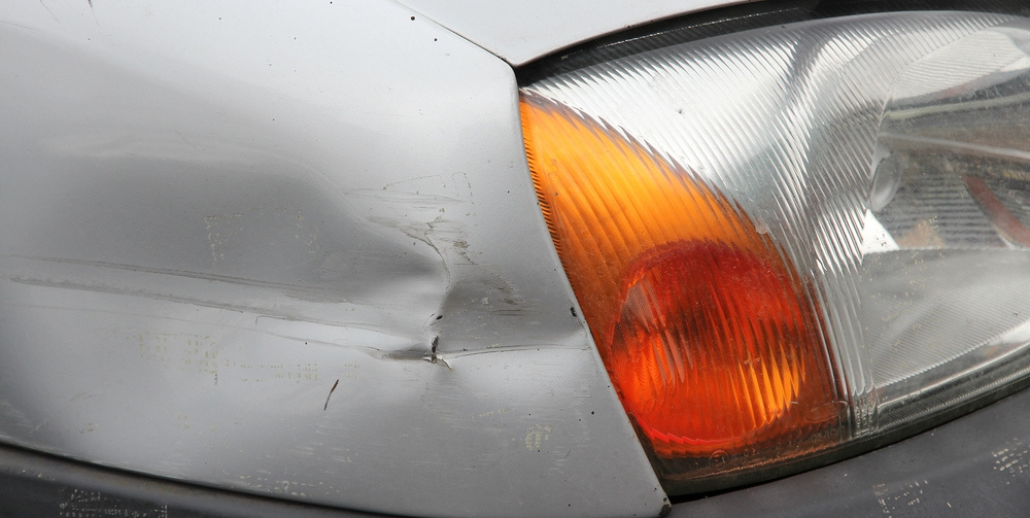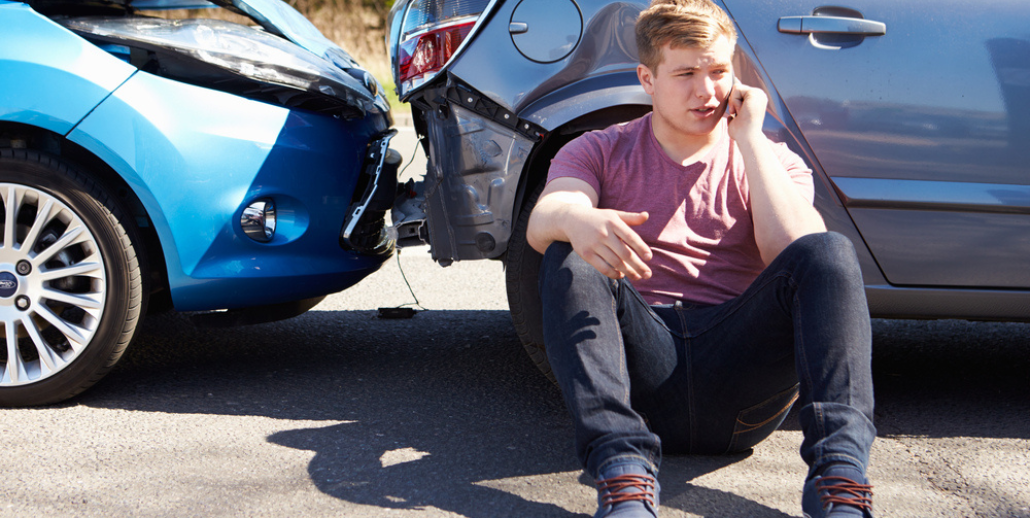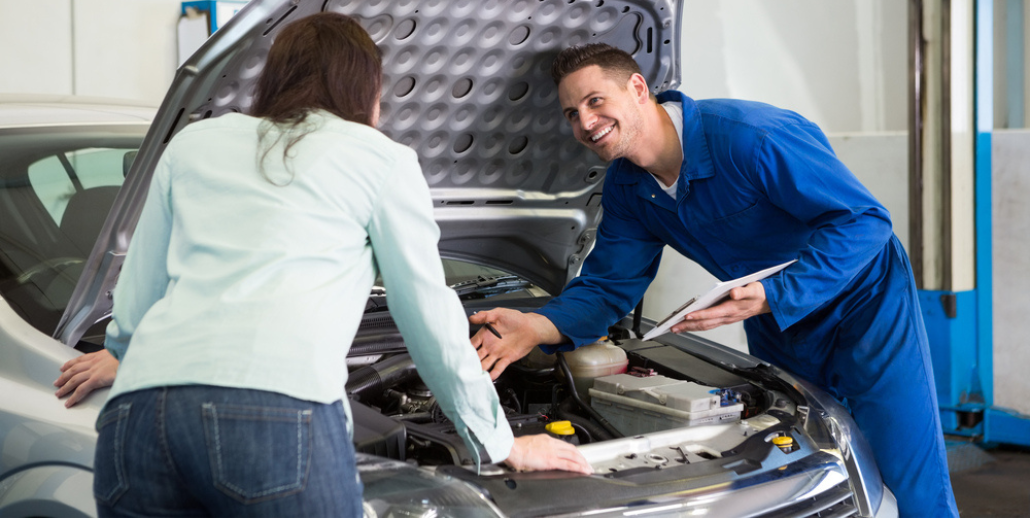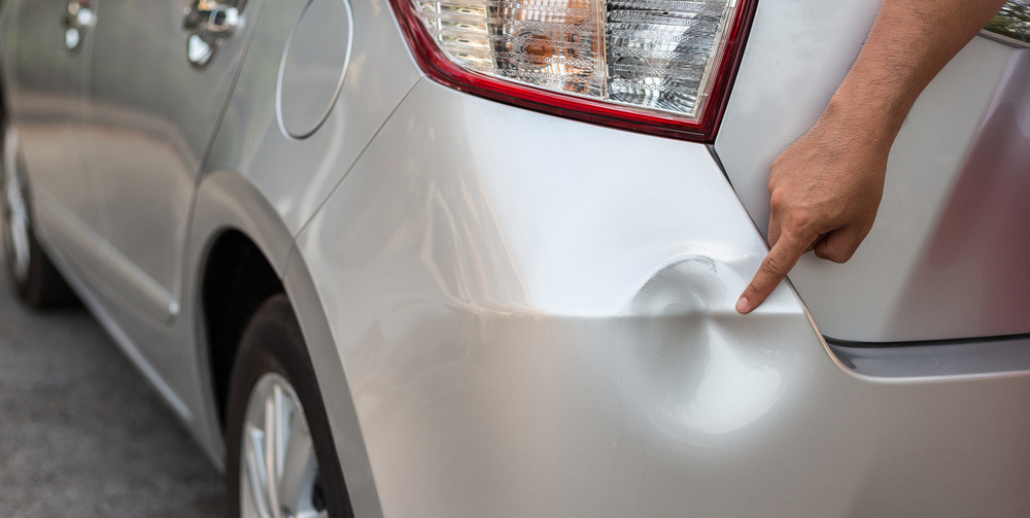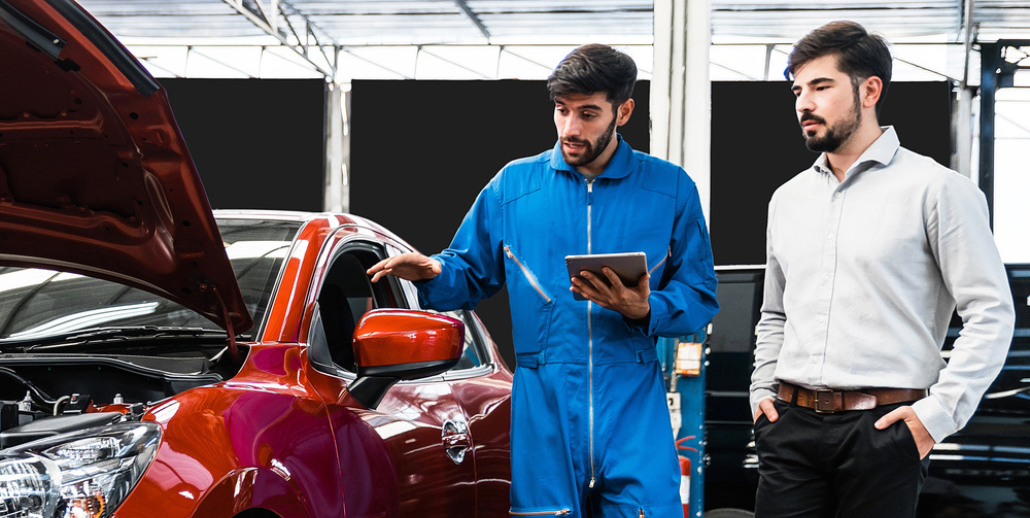When you think about all the things that can happen to your car, a small ding on the door or roof might not seem like a big deal. Many vehicle owners tend to put off repairing tiny dents because the damage seems to be purely cosmetic. However, a dent, no matter how small, is still exterior damage to your car, and it can have a negative impact on the vehicle. That is why even a small ding should be repaired by a professional auto technician.
Today, we’re going to discuss some of the reasons why getting a dent repaired is important.
Dents Harm The Exterior
Many people assume that a dent is cosmetic since most are small enough to be noticed. A ding is more trouble than it seems, though. Even the slightest auto body damage can decrease the structural integrity of a vehicle and affect the paint. Some dents can remove paint from the area entirely, opening your car up to a slew of issues, including moisture and sun exposure. That’s not good. Your car could end up developing rust in that area.
Dings Mask Other Problems
Dents are usually the result of an impact or collision. That could be the impact from a piece of hail or a tree branch. It could be from a light fender bender. You might even look at the ding in your car and be thankful that’s the only thing that happened. But let’s be honest. Even a low-speed collision can cause damage to your vehicle.
The problem is that dings and dents tend to hide other damages that are far less visible. For instance, if you get bumped while backing out of a parking spot, the point of impact could be bent, or the wheels could end up misaligned. While you don’t see an extensive amount of crumpling, the issues caused by such a collision will adversely affect your vehicle down the line.
When you drop your car off for a service, be sure to tell the technician that your car has been in an accident, no matter how minor. They will know to check for any hidden damages around the dents and scratches.
Dents Diminish Your Car’s Value
People are keeping their cars for longer, but that doesn’t mean you might not be tempted to trade in your vehicle down the road. As you go through life, you might own several more cars.
How does a dent relate to trade-ins, you ask? It’s simple. When a car has cosmetic damage, it is going to have a reduced value than a car without damages. If you plan on ever selling your car or trading it in, you should consider patching up those dings and dents before visiting the dealership.
The return on your investment is high. Fixing a dent isn’t as costly as it would be to try and sell a dinged-up car. Besides, having a car in good condition increases the value, meaning you could recoup the whole cost of the repair—and then some!
Dings Are Easier to Fix Early On
You might think that a dent or scratch on your vehicle doesn’t need immediate attention, but we’ve already outlined a number of reasons why you should get it fixed as soon as possible. Letting a dent go unattended for any period of time is like leaving an open wound uncleaned. The issue is only going to worsen and spread, right? It’s the same with a dent. Over time, the damage will get more severe, and the scratched paint will be harder to maintain.
As the damages advance, the appearance of your car diminishes. Not only that, but untreated dents turn into expensive defects that take a lot more time and money to repair. In other words, if you notice a new dent or ding someone on your vehicle, don’t wait. Take it to a trusted auto body repair shop near you. The smaller the ding, the easier it is to resolve.
Conclusion
There is so much that could happen to a car that a ding seems moot. Yet, those tiny dents can actually cause major issues and be expensive to repair if you don’t take care of them quickly. So be sure to keep an eye out for new dents.
Does your car have dents, dings, and scratches? Don’t worry. We can help. At Elmer’s Auto Body, we use methods like paintless dent repair, perform touch-ups, and have a crew of highly trained professionals to get the job done. Your car will look like it just drove off the dealership lot when we’re finished. Give us a call to schedule an appointment with us today!

